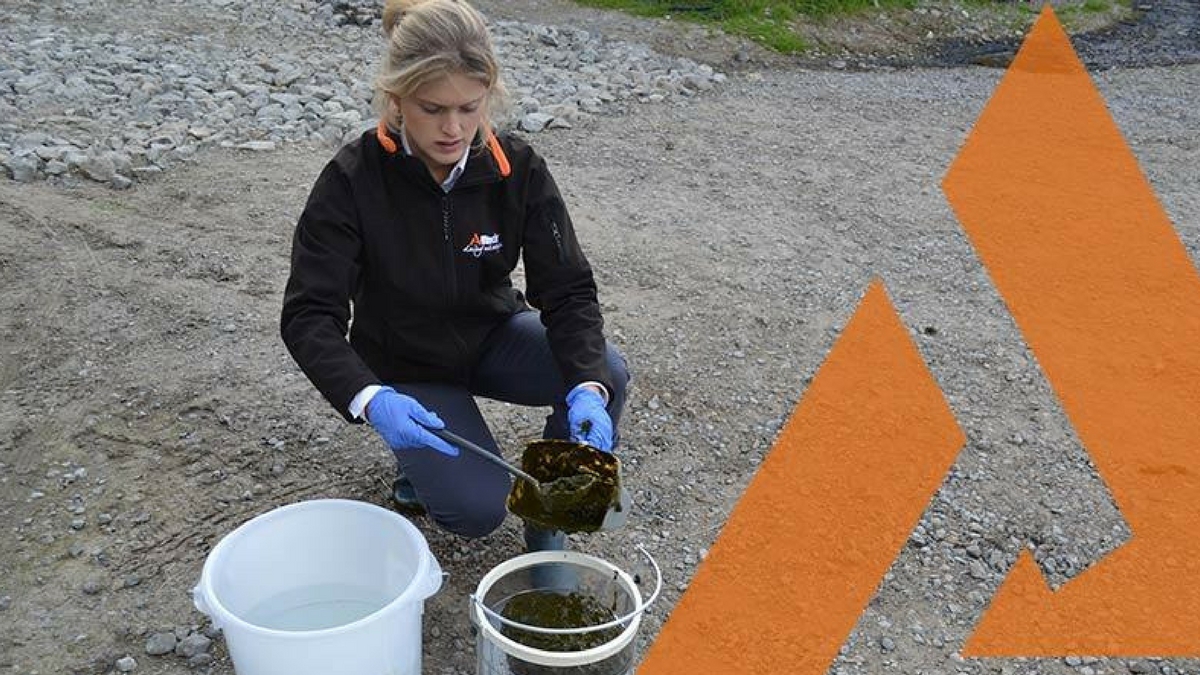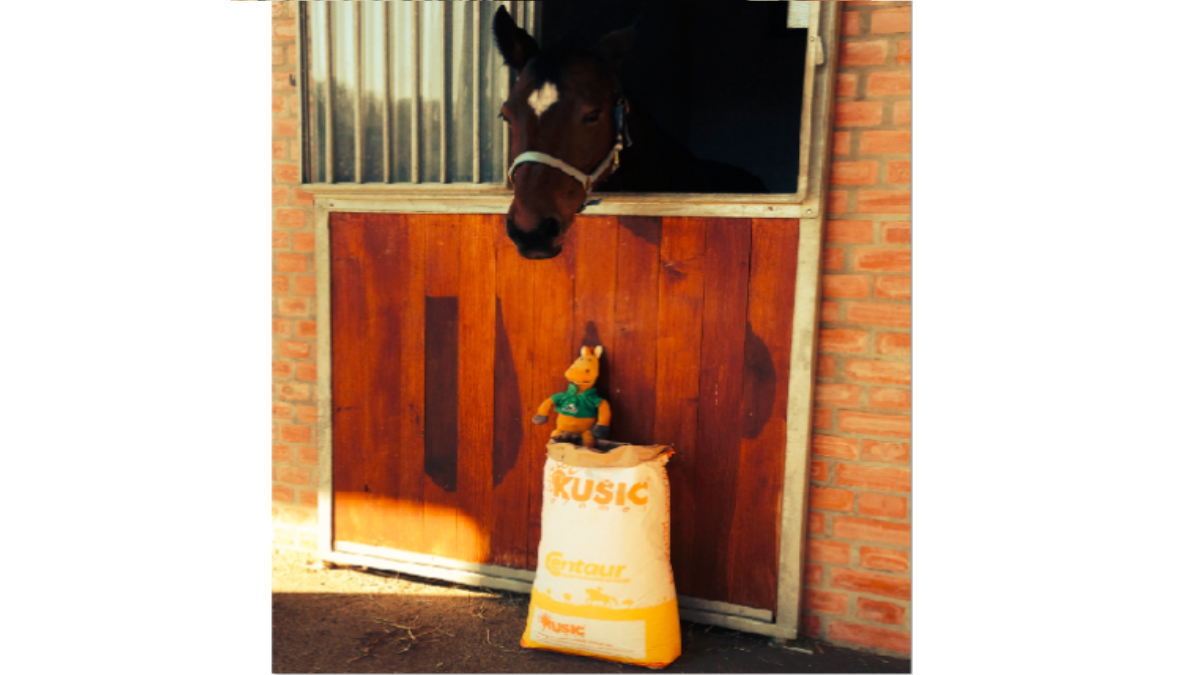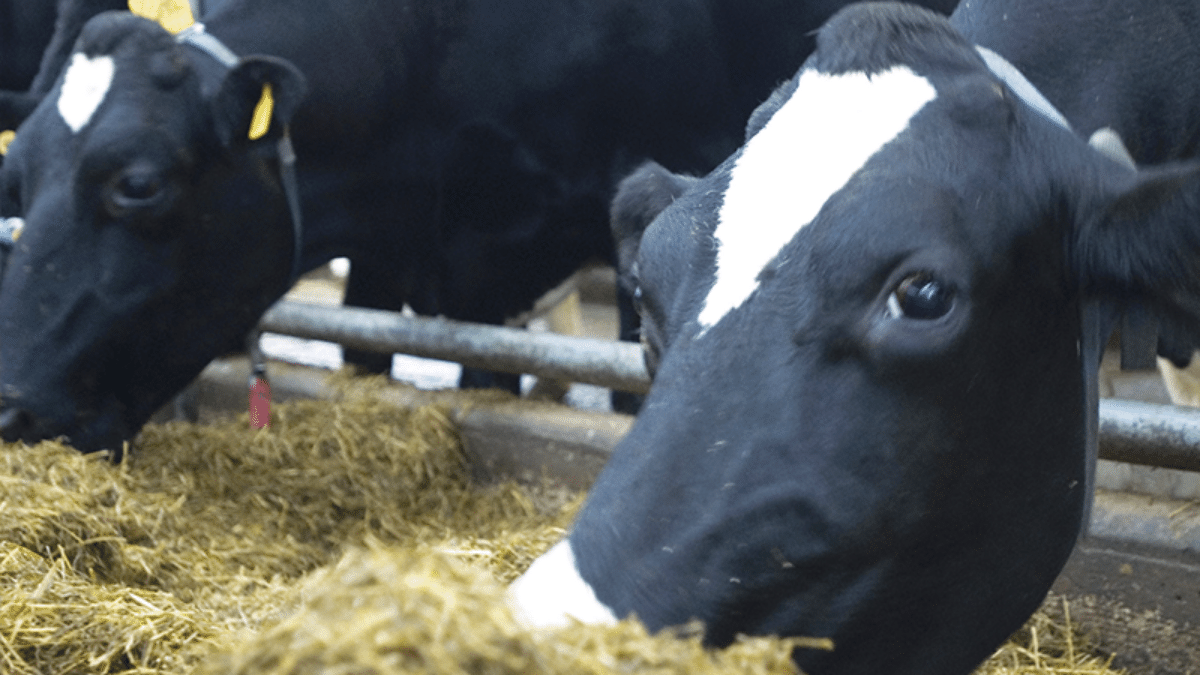Prioritizing Agriculture in Human Nutrition
Agriculture and nutrition aren’t often thought of synonymously. Traditionally, human nutrition has been placed in the territory of health care professionals. However, farmers and producers play an integral role in providing access to diverse, nutritious foods – the foundation of good health. With a growing world population, nutrition-focused agriculture strategies are becoming increasingly important.
How can we position agriculture to improve nutrition and health worldwide?
Nutrition-focused agriculture strategies, including more sustainable approaches towards food production, dietary diversification and food enrichment can improve diet quality, combat nutrient deficiencies and boost overall nutrition. By applying a nutrition lens to agriculture, researchers, farmers, producers, agronomists and animal nutritionists have the potential to help close the “nutrition gap” – the gap between what foods are available and what foods need to be available for good nutrition worldwide.
Nutrient deficiency in plants, soil and livestock is a global issue that largely contributes to the deficiencies found in humans. The opportunity exists to address these deficiencies via nutrition interventions delivered by the agricultural sector. Improved agronomic practices and more nutritious animal and aquaculture feed have the potential to maximize the health and production of both plants and animals, while increasing the nutritional content of food and reducing health risks for consumers.
The role of biotechnology in improving health and wellness through the food chain is expanding.
Micronutrient-enriched fertilizers improve soil fertility and the plant’s ability to utilize nutrients, helping to support higher yields of more nutritious food. Correcting nutrient deficiencies in crops is a step towards correcting deficiencies of the same nutrients in humans.
Probiotic crop applications create a healthier environment for plants to grow. Probiotics assist in the uptake of nutrients by the plant to produce a more abundant nutrient-dense crop.
Enriched animal and aquaculture feed return essential nutrients back into the diet of livestock and fish. Enriched feed not only improves the health of the animal, it also naturally increases the nutritive value of the food product for consumers.
Improving global access to naturally occurring macro and micronutrients in whole, unprocessed foods will be a key contributor to success in improving human nutrition through agricultural investments.
As we look to the future, agriculture must be prioritized in human nutrition. By improving the health of animals, land and plants, we can provide higher quality, more nutritious food to nourish the world.
- Read more about Prioritizing Agriculture in Human Nutrition
- Log in to post comments

<script charset="utf-8" type="text/javascript" src="//js.hsforms.net/forms/v2-legacy.js"></script>
<![endif]-->
<script charset="utf-8" type="text/javascript" src="//js.hsforms.net/forms/v2.js"></script>
<script>
hbspt.forms.create({
region: "na1",
portalId: "745395",
formId: "64953337-3e10-458c-894d-85c5d5d8a963"
});
</script>





















